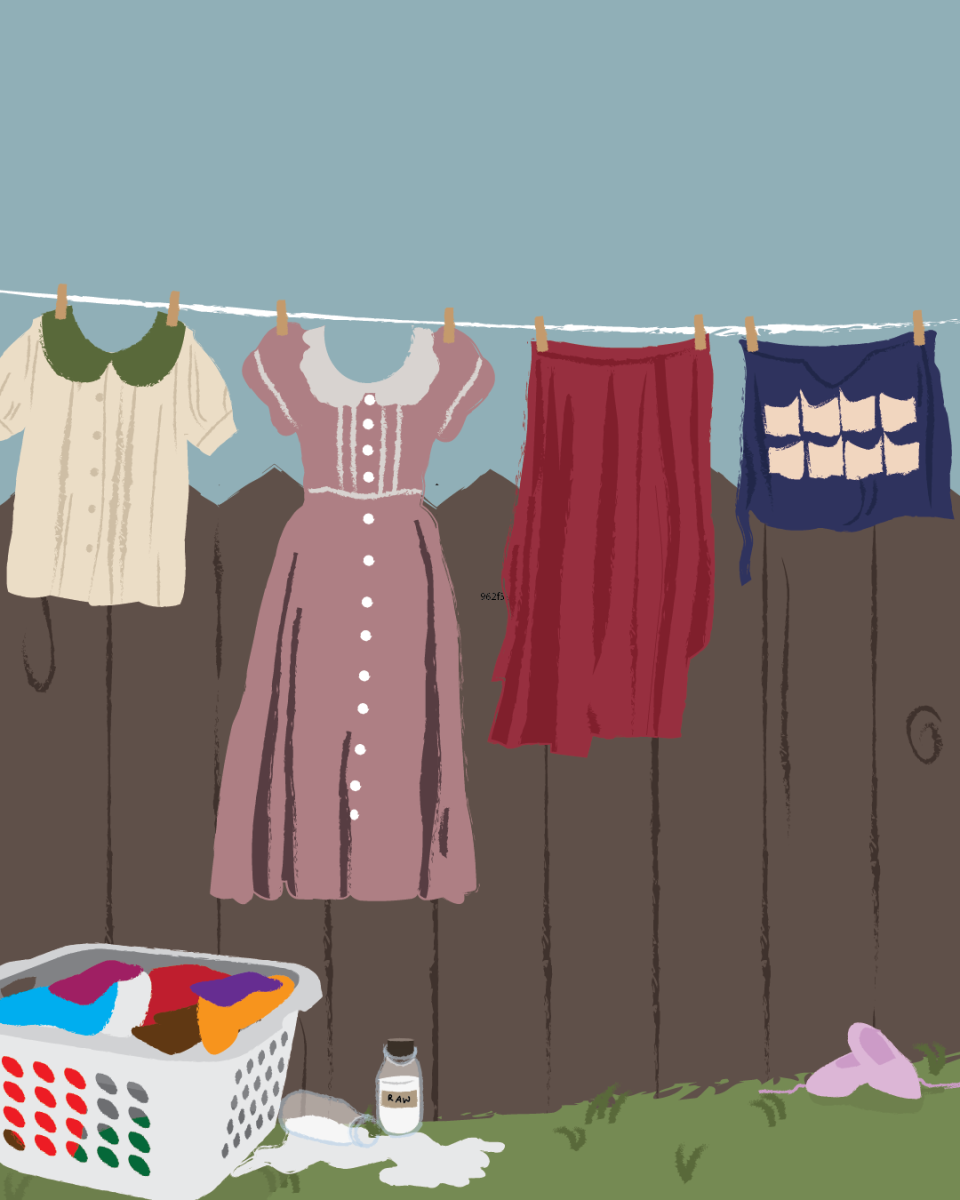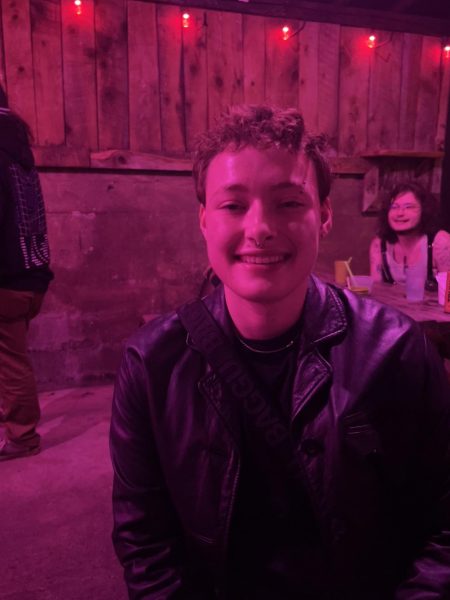It is a common sentiment that changing the clocks twice a year is annoying. There are many proposed solutions to this, but which is the best option?
In March of 2022, the Senate passed a bill to make daylight saving time permanent across the country, but this bill has yet to pass through the House. Initially, this sounds like a good thing because it means U.S. residents will no longer have to change their clocks back and forth, but there may be a better answer than making daylight saving time permanent.
The misconception behind wanting to make daylight saving time permanent is that it provides more light. In actuality, the light is just shifted to a different time. There is simply just more light in the evening than in the early morning hours.
There are three different clocks humans follow throughout their daily lives. The social clock is the local clock time that is on watches and computers. The sun time is when the sun goes up and down. Biological time is what time the human body thinks that it is. Humans naturally follow the sun’s time and when the shift to daylight saving time occurs, the social clock is moving, but not the sun clock. This is why many U.S. residents feel groggy and have trouble adjusting after clocks change in the springtime.
Daylight saving time has been associated with increased risks of health conditions like obesity, metabolic syndrome, cardiovascular disease and depression. The American Academy of Sleep Medicine has released its position in agreement with this, stating that switching to permanent standard time instead of permanent daylight saving time is a better option for healthy sleep. Healthy sleep is something that college students already struggle with, and having clocks set to a time that does not align with the body’s circadian rhythm would not help.
Sleep is not the only thing that is negatively affected by the switch to daylight saving time. One study found that in the days after the switch, safety-related incidents increased by 4.2% in spring and 8.8% in fall. This illustrates that the biannual switch is affecting individuals cognitive functioning, and therefore leading to more issues with safety.
Permanent Daylight Saving Time was implemented previously in the U.S. as a wartime effort to save fuel to heat homes. After World War II ended, only 17% of U.S. residents wanted to keep “wartime” year-round. If permanent daylight saving time was not supported by the public after implementing it previously, it is unlikely that public opinion would change if permanent daylight saving time was reimplemented.
Overall, there is a major gap between what the public thinks about the sources of sleep issues and what published research about changing the clock has found. It is important for college students to be aware of how time changes affect sleeping patterns, because there are already many other things negatively affecting students’ sleep. Students need all the sleep that they can get.
If switching to permanent standard time constitutes one less issue contributing to U.S. residents’ poor sleep quality, then this is what needs to be done.






David • Nov 8, 2023 at 5:45 pm
Make daylight savings time permeant. This switching back and forth is not good for our health.
KATHY H HARRIS • Nov 8, 2023 at 3:05 pm
I would like Day Light saving time to stay permanently
Gary Boye • Nov 7, 2023 at 6:36 am
We tried this in the winter of 1973-1974. As a middle school student, I remember standing out waiting for the school bus in complete darkness–stars still out, headlights on all the cars. It was crazy. By January, the school decided to start an hour late (kids in other places were getting hit by cars in the dark), so we wound up back on standard time anyway, in effect. Keep it like it is; the switch is not that bad, IMO.